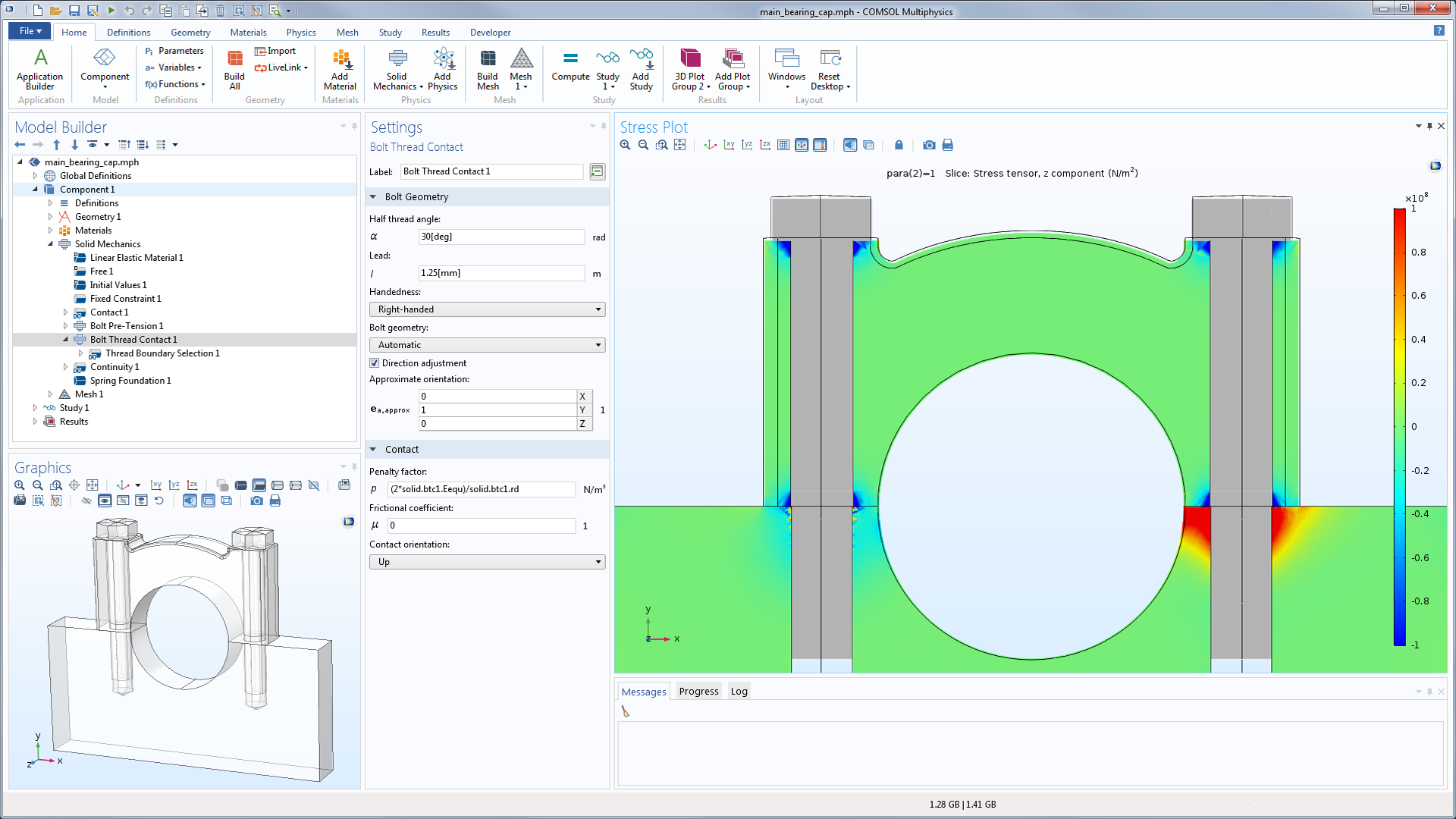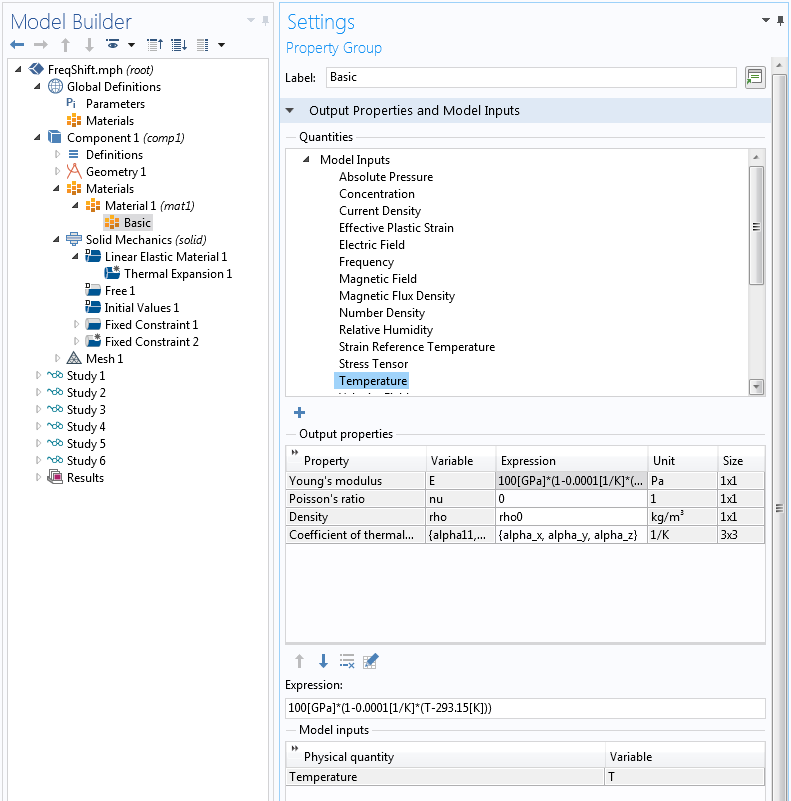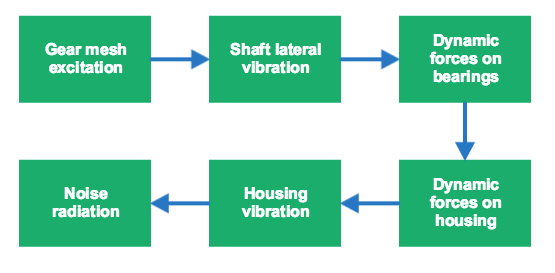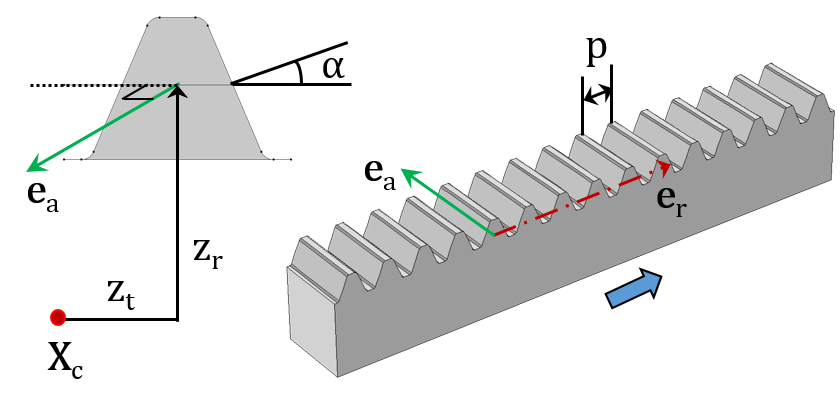

Modeling of any number of casings in parallel in the same installation.Different burial environments are allowed: water or underground.The module features many modeling facilities among which the following capabilities can be highlighted: No other filling material other than air is considered in the casing(s) or in the duct(s). Casings can be immersed in water, placed on the sea bed or buried underground. In the CYMCAP software, a casing is defined to be a large non-magnetic conduit filled with air, inside which cables in ducts and cables not in ducts can be installed. The Multiple Casings add-on module (MCAS) allows the user to determine the steady-state unequally loaded ampacity and/or temperature rating of cables installed in one or more non-magnetic casings. The approaches are all based on field research by independent parties and published in scientific journals. In all options the user can choose whether the trough is exposed to sun radiation or it is shaded. With the Anders-Coates method, in addition to the thermal resistivities of the soil and the cover, the wind velocity above the trough is taken into account. The Slaninka Method 2 considers both the thermal resistivities of the cover and the soil surrounding the trough. With the Slaninka Method 1, the thermal resistivity of the trough’s cover is considered. With the IEC standard, thermal resistivities of the soil and the trough’s cover are ignored. The module has been improved significantly and includes three options in addition to the IEC standard to model a given trough installation: Slaninka Method 1, Slaninka Method 2 and Anders-Coates Method.
GEAR ANALYSIS COMSOL 5.3 FREE
In this approach the cables ratings are calculated as for cables in free air, but the temperature inside the trough is computed according to the IEC Standard 6©. Initially, the only option to rate unfilled trough installations was to use the IEC standard. Computation of the thermal rating of cables installed in filled troughs.Transient analysis, cyclic loading and emergency ratings are supported.Computation of the steady-state ampacity or temperature.Modeling one heat source or heat sink in the installation.Modeling up to three duct banks in a single installation.Modeling unlimited number of rectangular areas with different thermal resistivity.The following capabilities are highlighted: The module computes the values of T4 (the external thermal resistance to the cable) using the finite element method and then the ampacity (or operating temperature) of the cable installation is obtained using the IEC standardized solution method. The module presents a unique solution combining standard and non-standard calculation methods. The Multiple Duct Banks and Backfills add-on module (MDB) is designed to determine the steady-state ampacity of cables installed in several neighboring duct banks and/or backfills with different thermal resistivity.


All types of sheath bonding arrangements for flat and triangular formations are supported with explicit modeling of minor section lengths, unequal cable spacing, etc.Multiple cables per phase with accurate modeling of the sheath mutual inductances which greatly influence circulating current losses and thus de-rates the ampacity of cables.Cyclic loading patterns as per IEC-60853©.Different cable types within one installation.Modeling of cables in air on riser poles, groups of cables in air, moisture migration, nearby heat sources and heat sinks, etc.Independent libraries and databases for cables, duct-banks, load curves, heat sources and installations.Pipe-type cables directly buried or in a thermal backfill.Different cable installation conditions such as directly buried, thermal backfill, underground ducts or duct banks.This includes single-core, three-core, belted, pipe-type, submarine, sheathed, and armored cables This facility can be used to modify existing cables data and enrich the cable library with new ones. Detailed graphical representation of virtually any type of power cable.
GEAR ANALYSIS COMSOL 5.3 FULL
Full compliance with North American practice and compliance with IEC standards IEC 60287©, IEC 60228©, IEC 60853©, etc.



 0 kommentar(er)
0 kommentar(er)
